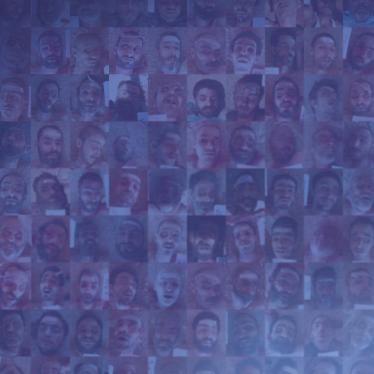At least 10 percent of the world's population is believed to live with a disability. Of those, let's say that half - 340 million - are women. That's roughly the size of the entire population of the US and Canada combined.
Yet you don't often hear about the issues facing women with disabilities -- issues such as forced sterilization, domestic violence and sexual assault. Women and girls with disabilities - whether physical, mental, intellectual, or sensory - are often hidden in their homes, denied the right to be married, to attend school or get a job. They receive inadequate reproductive and sexual health care, and often lack access to information on birth control or HIV/AIDS.
Today is International Women's Day. The goal in proclaiming such commemorative days is usually modest: to increase visibility and recognition for an issue or population. On this day, the factors that conspire to keep hundreds of millions of women with disabilities invisible deserve attention.
Quite often women with disabilities are described as facing "double discrimination": both resulting from their disability and from their status as a woman. This discrimination is common in the community and in the home. First, there is the bank clerk who denies a blind woman the opportunity to open a bank account because of the perception that she cannot sign her name or the health care worker who does not think it's necessary to provide HIV counseling to a young woman in a wheelchair because of the belief that she would not be involved in a sexual relationship. Then there is the discrimination within families which isolates women with disabilities because they are believed to bring shame to their family. This stigma impacts the ability of women and girls with disabilities to exercise their rights, to integrate into the community, and to become self-sufficient.
Women with disabilities are made further invisible because few statistics are collected that describe their numbers, and decision-making bodies in both the public and private sectors rarely include women with disabilities or consult with them. This makes it difficult to identify the key challenges women with disabilities face, or to advocate for targeted programs to address those challenges. Even when data about disability are collected, these figures are often not disaggregated by gender. Without a place at the table, women with disabilities cannot make their voices heard or their concerns addressed.
Until recently, women and girls with disabilities have largely been invisible even within the disability movement and women's movement. The issues facing women with disabilities have not been priorities for either community. But that is starting to change.
The new UN Convention on the Rights of Persons with Disabilities, ratified now by 80 countries, provides for special protections for women and girls with disabilities. The Convention includes attention to the right to sexual and reproductive health, the right to be married and have a family, and the right to be free from violence. The treaty holds out hope that women and girls with disabilities will become more visible and that the equal rights they deserve will be protected.
Women with disabilities are becoming empowered to speak out for themselves and to urge both the disability and women's movements to hear their concerns. Here are some places to hear their voices:
International Disability Alliance
Women with Disabilities Australia (WWDA)
Disabled Women's Network Canada (DAWN)
European Network of Women with Disabilities
Association of Handicapped Women of Mali
And here are some resources on disability rights and gender:
Disability Rights, Gender, and Development: A Resource Tool for Action. Secretariat for the Convention on the Rights of Persons with Disabilities of the Department of Economic and Social Affairs/United Nations and the United Nations Population Fund, and Wellesley Centers for Women (Executive Summary)
Women with Disabilities and International Development, USAID







